Tick tock: classic kitchen wall clock designs are influencing a slew of modern watchmakers

The super-slim hands and clean dials that define utilitarian post-war kitchen and factory clocks are natural inspiration for classic watch design. Legibility is key when quickly glancing at your wrist, and the graphic characteristics of Max Bill's 1956 wall clock for German brand Junghans, Dieter Rams' clocks for Braun, and Henning Koppel's 1978 wall clock for Georg Jensen are a pretty perfect starting point for any modern watch designer.
London-based Uniform Wares cite original Smiths Sectric kitchen clocks as a primary inspiration when they started designing watches, and now the Nomos Glashütte brand has followed suit with its homage to 1960s domestic design.
It has recently launched the Lux collection that's crafted in gold, and has both the tech and aesthetic credentials of Bill's early design. In fact, Junghans' clock was originally so successful that it was quickly followed by a line of wristwatches. During the mid-century consumer boom, German watch design tended towards a scientific aesthetic - a necessary marketing tactic in a packed arena.
Bill, during his directorship of the Ulm School of Design, designed the clock in conjunction with his students, following the rationale that form must follow function. The dial design of the hand-winding model, with an interior ring of hours surrounded by an outer ring of minute markers, was taken from the school's original drawings.
Last year Junghans integrated it into a sizeable 38mm automatic wristwatch to allow for more clean space on the dial, whether in graphite or black. Georg Jensen is also rumoured to be launching a new line of Koppel watch designs at Baselworld watch fair this Spring.
The Nomos Lux gently mirrors Bill's 1960s wall clock-with-timer. Sword hands sweep around a white dial surrounded by a choice of 1960s Formica colours - pale blue, canary yellow, claret or lilac-grey. The tonneau-shaped case meanwhile is reminiscent of Bill's organic, inverted-teardrop timer design.
Cult minimalists Uniform Wares reworked the simplicity and functionality of British factory wall clocks from the same era for their M-line range. 'As a progressive British brand, a lineage of great British design and style influences our thinking,' says co-founder Patrick Bek. 'We use subtle identifiers throughout the collections to highlight the quirks.' English manufacturers Smiths Sectric and Gents' of Leicester are two such inspirations - an ultra-clean dial bears nothing but hour and minute hands and slightly chunky indices. And, following Rams into permanent-collection territory, Uniform Wares M37, the line's cornerstone piece, is a steady fixture in San Francisco Museum of Modern Art's Architecture and Design collection.
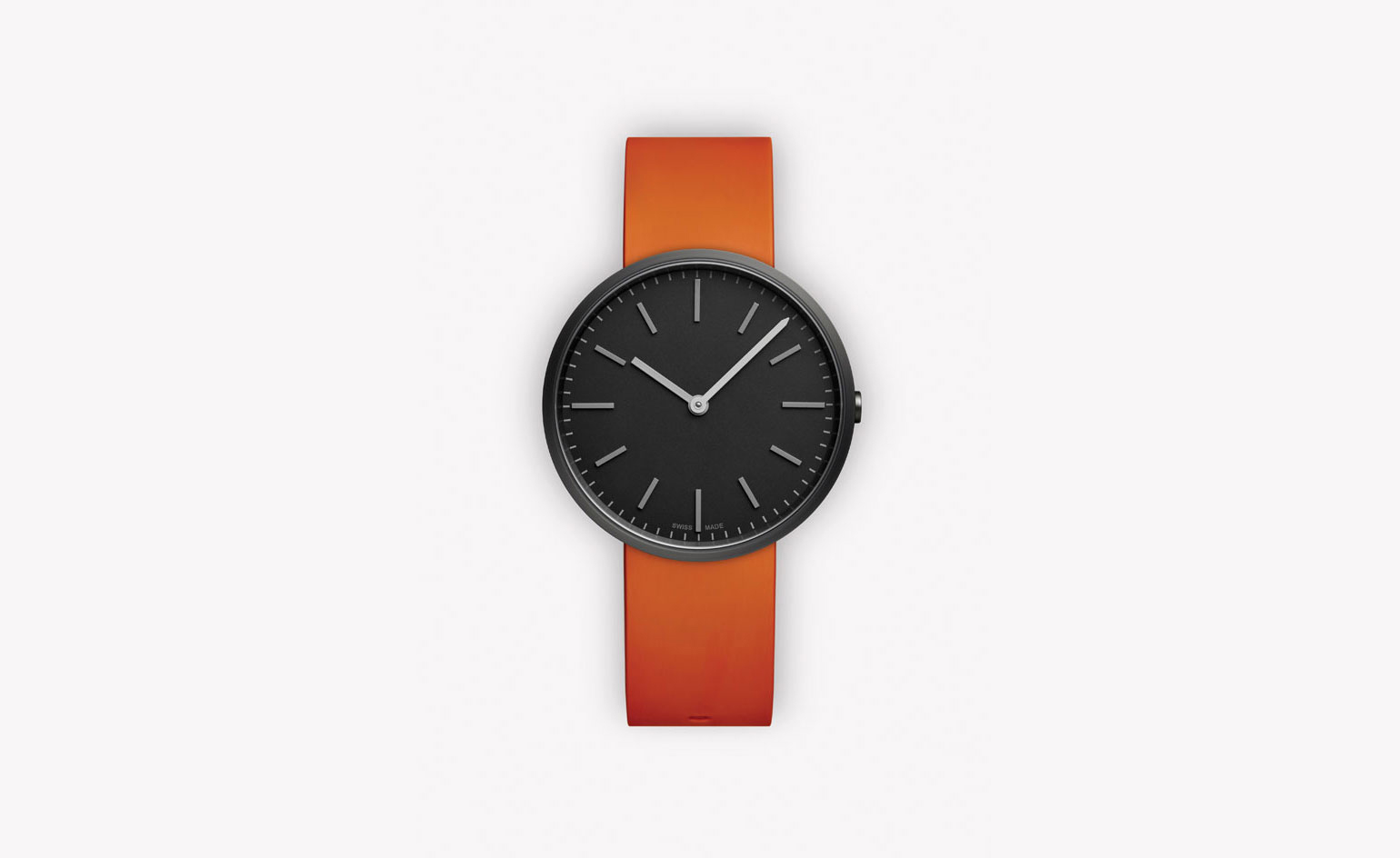
Minimalists Uniform Wares reworked the simplicity and functionality of British factory wall clocks for their M-line range. 'As a progressive British brand, a lineage of great British design and style influences our thinking,' says co-founder Patrick Bek
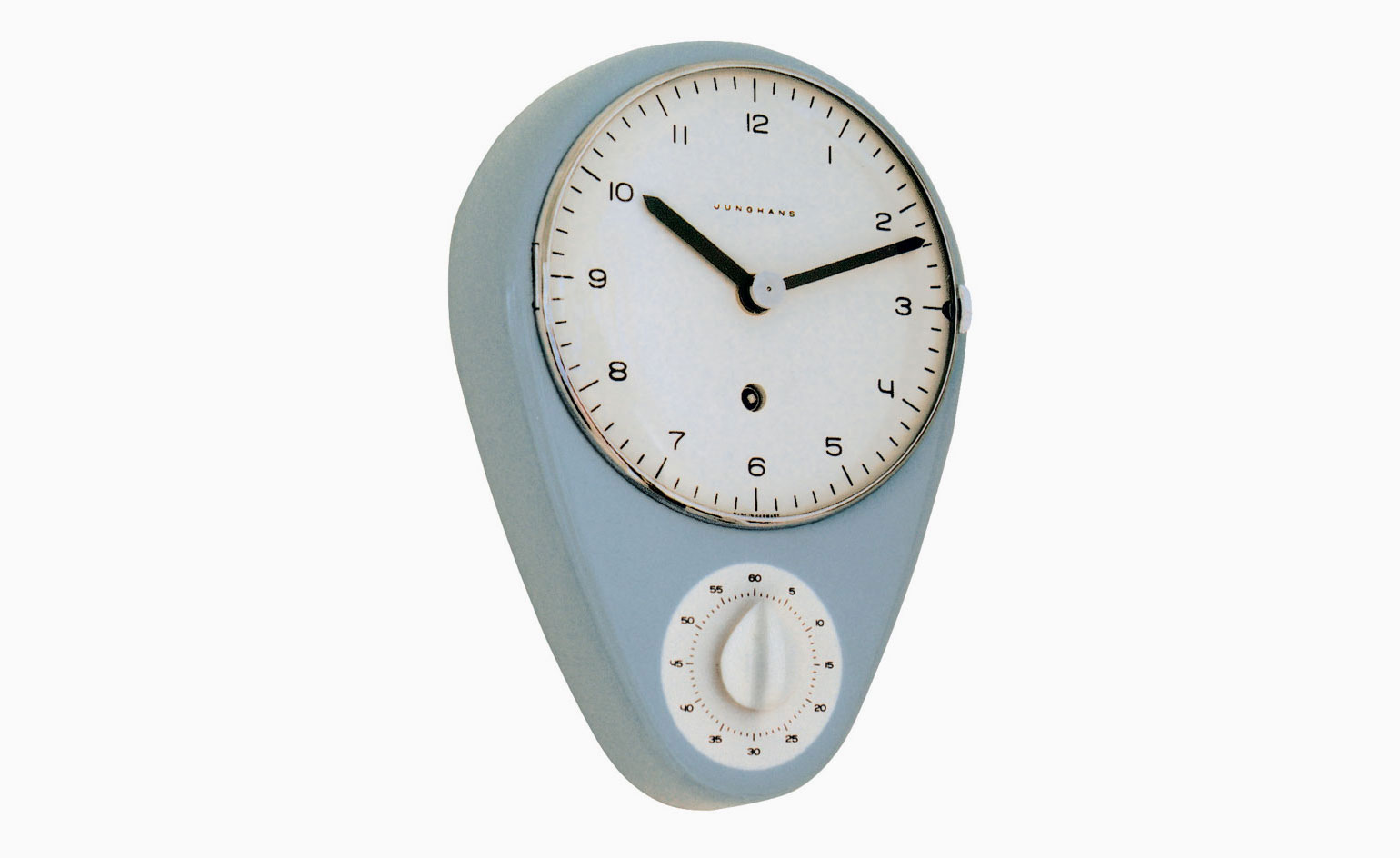
The graphic characteristics of Max Bill’s 1956 wall clock for German brand Junghans are a perfect starting point for any mordern watch designer
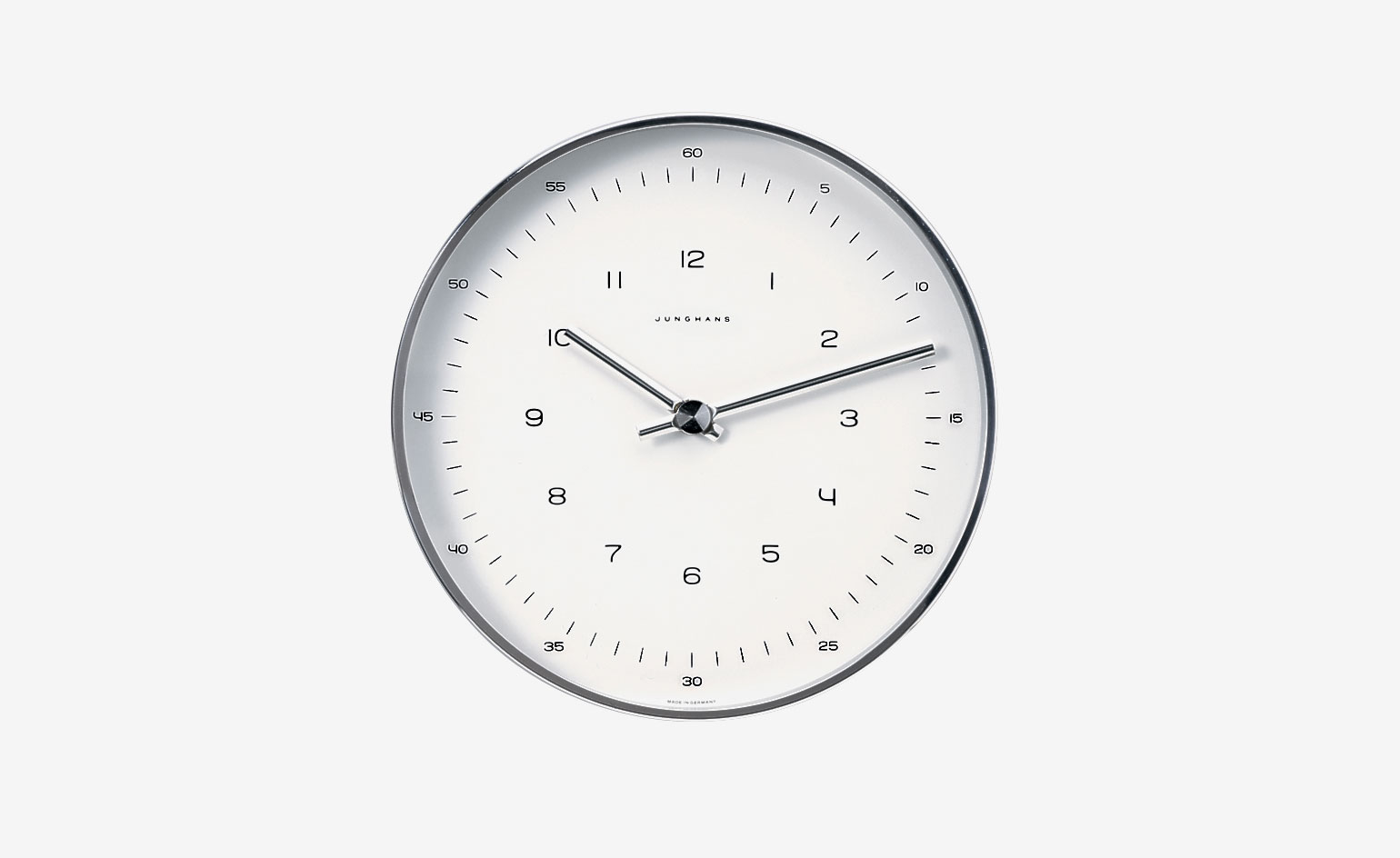
The Junghans clock was originally so successful that it was quickly followed by a line of wristwatches. During the mid-century consumer boom, German watch design tended towards a scientific aesthetic - a neccessary marketing tactic in a packed arena

During his directorship of the Ulm School of Design Bill designed the clock in conjunction with his students, following the rationale that form must follow function

Last year Junghans integrated it into a sizeable 38mm, manual-winding wristwatch to allow for more clean space on the dial
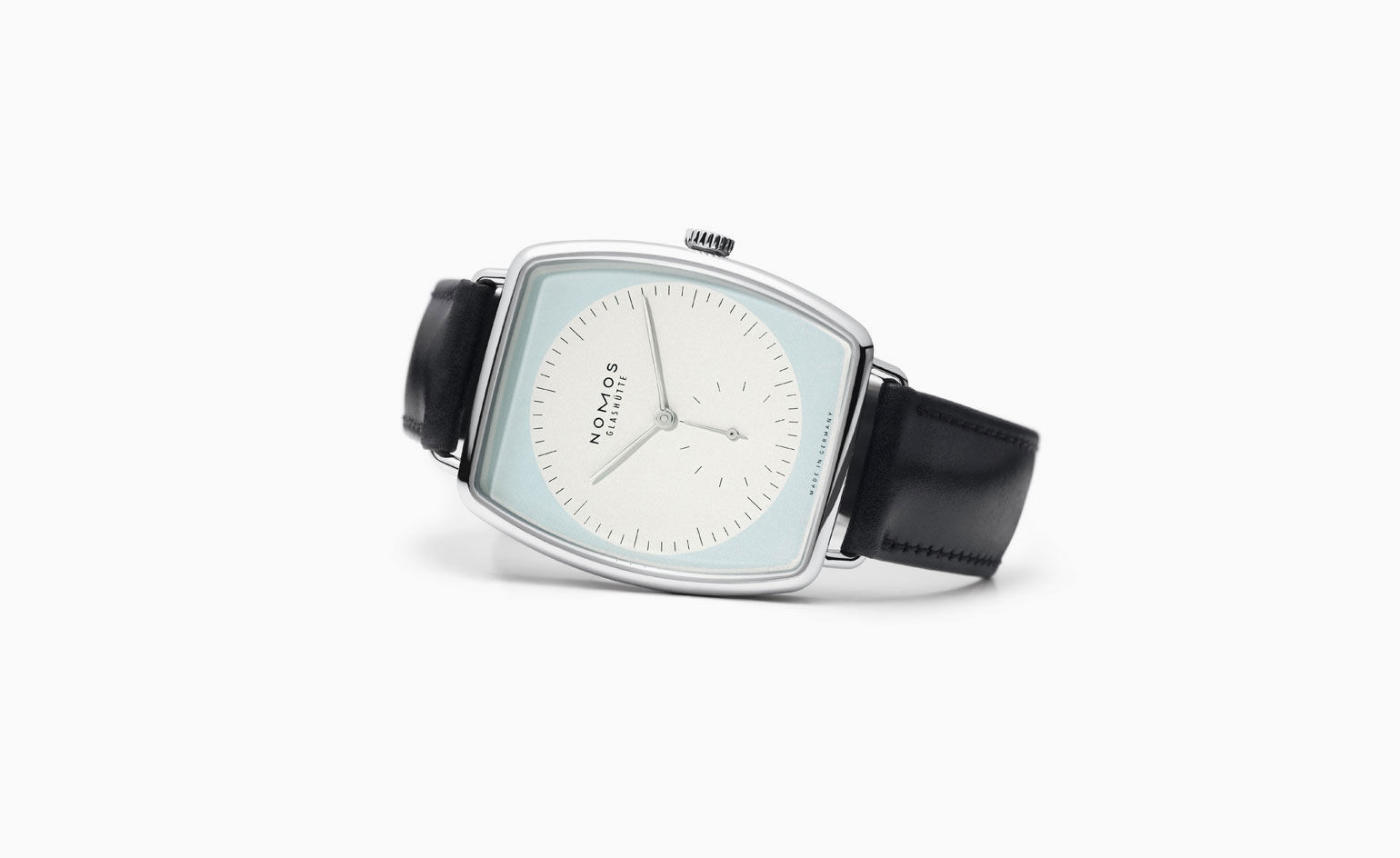
The Nomos Glashütte brand has followed suit with its homage to 1960s domestic design
Receive our daily digest of inspiration, escapism and design stories from around the world direct to your inbox.
-
 The Testament of Ann Lee brings the Shaker aesthetic to the big screen
The Testament of Ann Lee brings the Shaker aesthetic to the big screenDirected by Mona Fastvold and featuring Amanda Seyfried, The Testament of Ann Lee is a visual deep dive into Shaker culture
-
 Dive into Buccellati's rich artistic heritage in Shanghai
Dive into Buccellati's rich artistic heritage in Shanghai'The Prince of Goldsmiths: Buccellati Rediscovering the Classics' exhibition takes visitors on an immersive journey through a fascinating history
-
 Love jewellery? Now you can book a holiday to source rare gemstones
Love jewellery? Now you can book a holiday to source rare gemstonesHardy & Diamond, Gemstone Journeys debuts in Sri Lanka in April 2026, granting travellers access to the island’s artisanal gemstone mines, as well as the opportunity to source their perfect stone
-
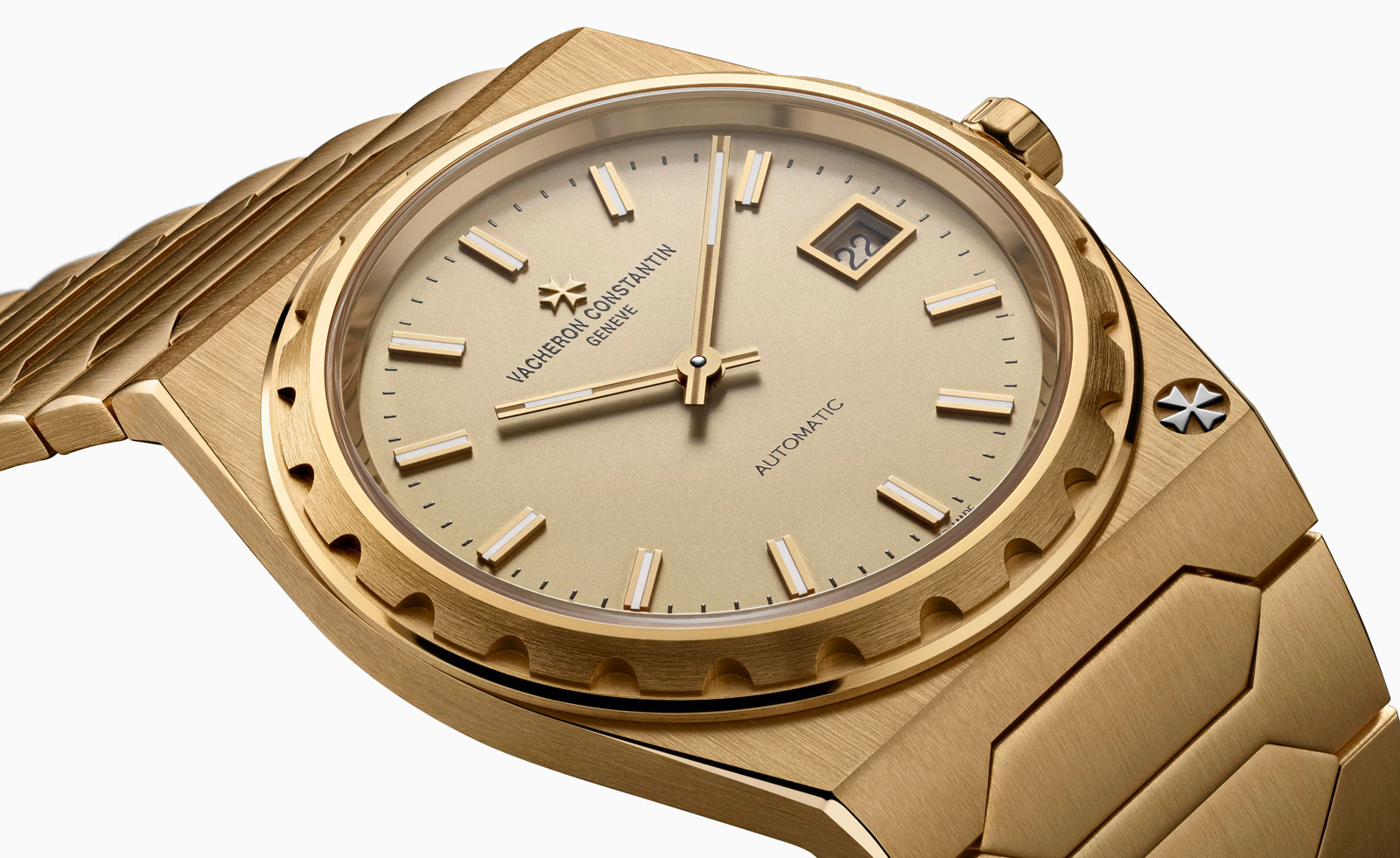 Vacheron Constantin unveils the Historiques 222 to mark 45 years since the model’s launch
Vacheron Constantin unveils the Historiques 222 to mark 45 years since the model’s launchVacheron Constantin restates its place in the pantheon of ‘sports chic’ watches
-
 This Timex retro quartz watch is straight from the 1970s
This Timex retro quartz watch is straight from the 1970sThe Q Timex 1972 Reissue watch stays faithful to the design codes of the original
-
 Classic meets cool in Nomos Glashütte’s platinum grey watch design
Classic meets cool in Nomos Glashütte’s platinum grey watch designTwo new Tangente Neomatik watches draw on Nomos Glashütte’s clean German design codes
-
 Girard-Perregaux goes back to the future with rethought Casquette watch
Girard-Perregaux goes back to the future with rethought Casquette watchGirard-Perregaux pays tribute to its original 1970s watch with the new and updated Casquette 2.0
-
 G-Shock marks 40 years of youth culture with limited-edition watch
G-Shock marks 40 years of youth culture with limited-edition watchG-Shock and the Museum of Youth Culture look to the archives for the new GW-M5610MOYC-1ER watch
-
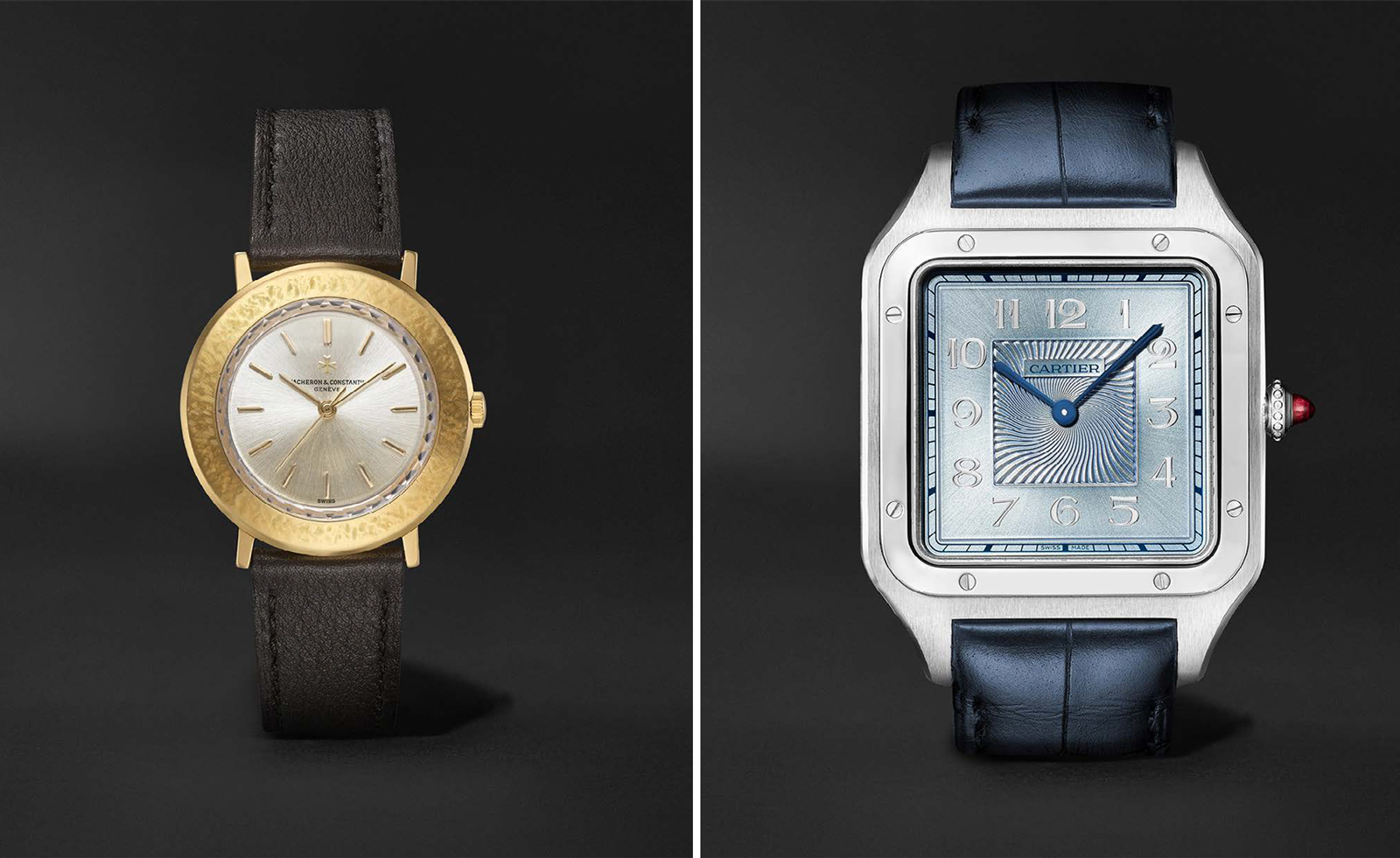 Ten watch brands mark Mr Porter’s anniversary with special editions
Ten watch brands mark Mr Porter’s anniversary with special editionsTen watch brands, including Cartier, Jaeger-LeCoultre, Vacheron Constantin and Bell & Ross, are celebrating Mr Porter’s tenth anniversary in style
-
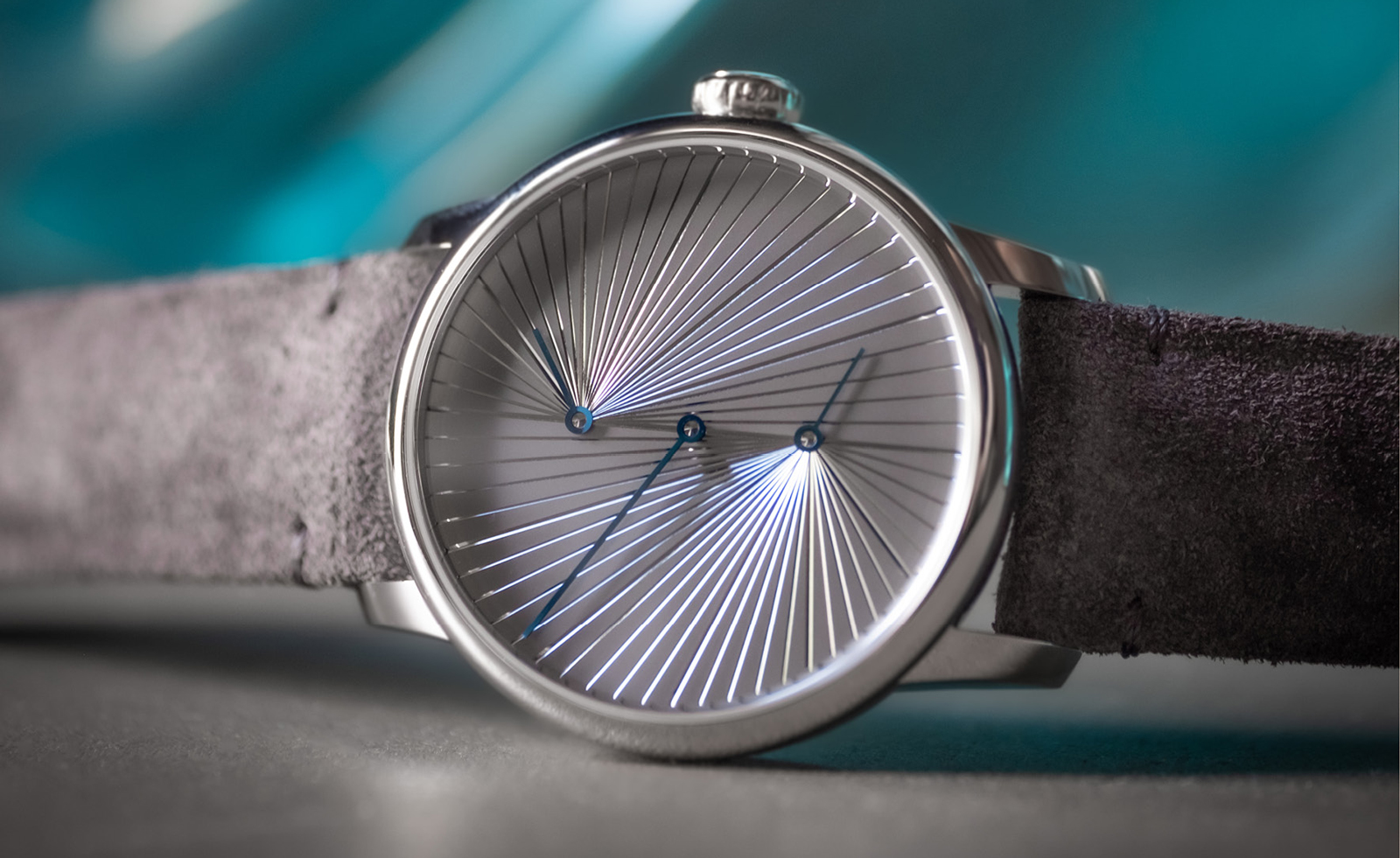 Atelier Oï’s Louis Erard watch is inspired by a minimalist sundial
Atelier Oï’s Louis Erard watch is inspired by a minimalist sundialAtelier Oï has rethought the Louis Erard Le Régulateur watch with a minimalist dial, engraved as if with rays of light
-
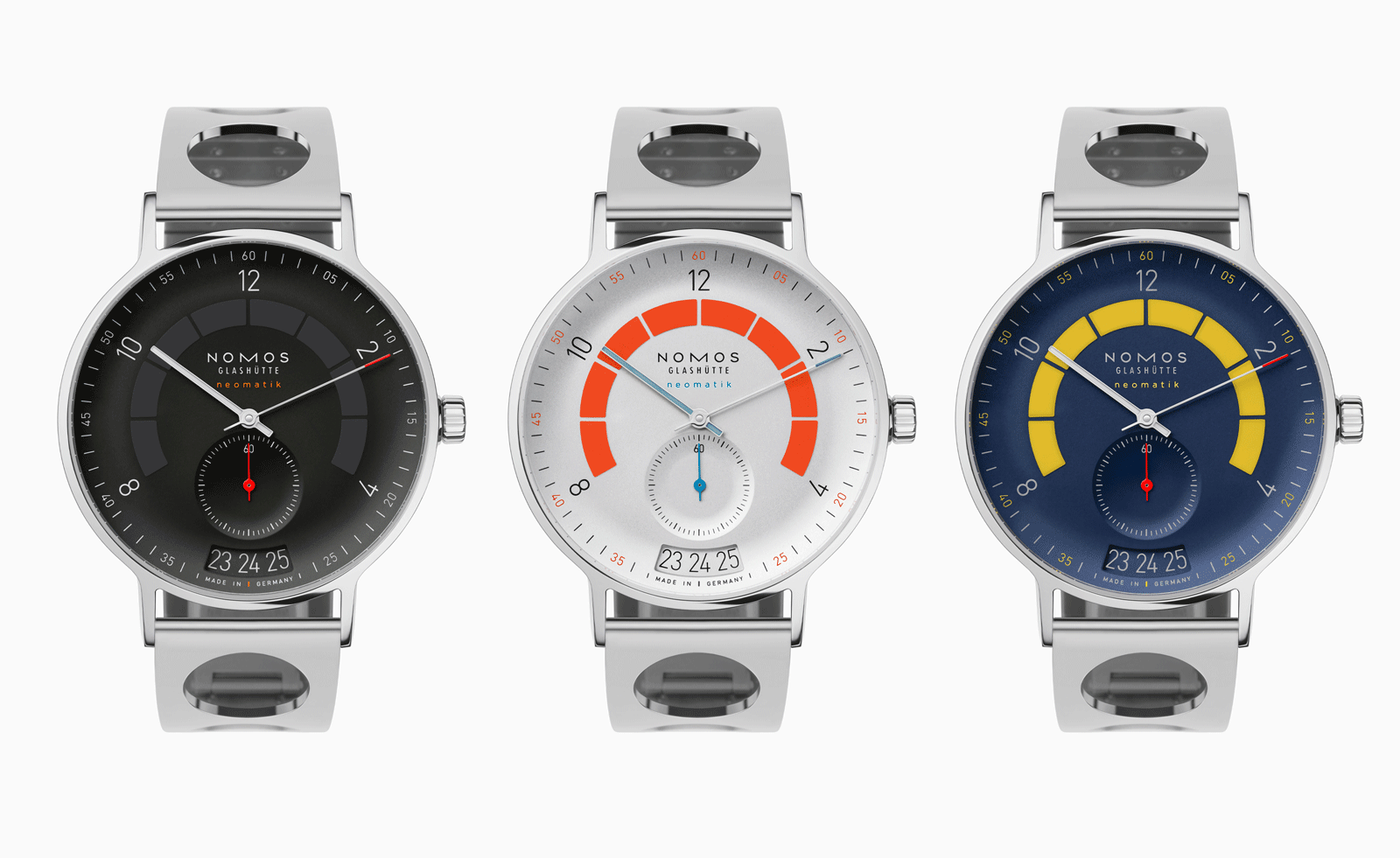 Nomos Autobahn watch is rethought by designer Werner Aisslinger
Nomos Autobahn watch is rethought by designer Werner AisslingerThree new models make up the Nomos Autobahn Director’s Cut Limited Edition watch series, in motoring-inspired hues